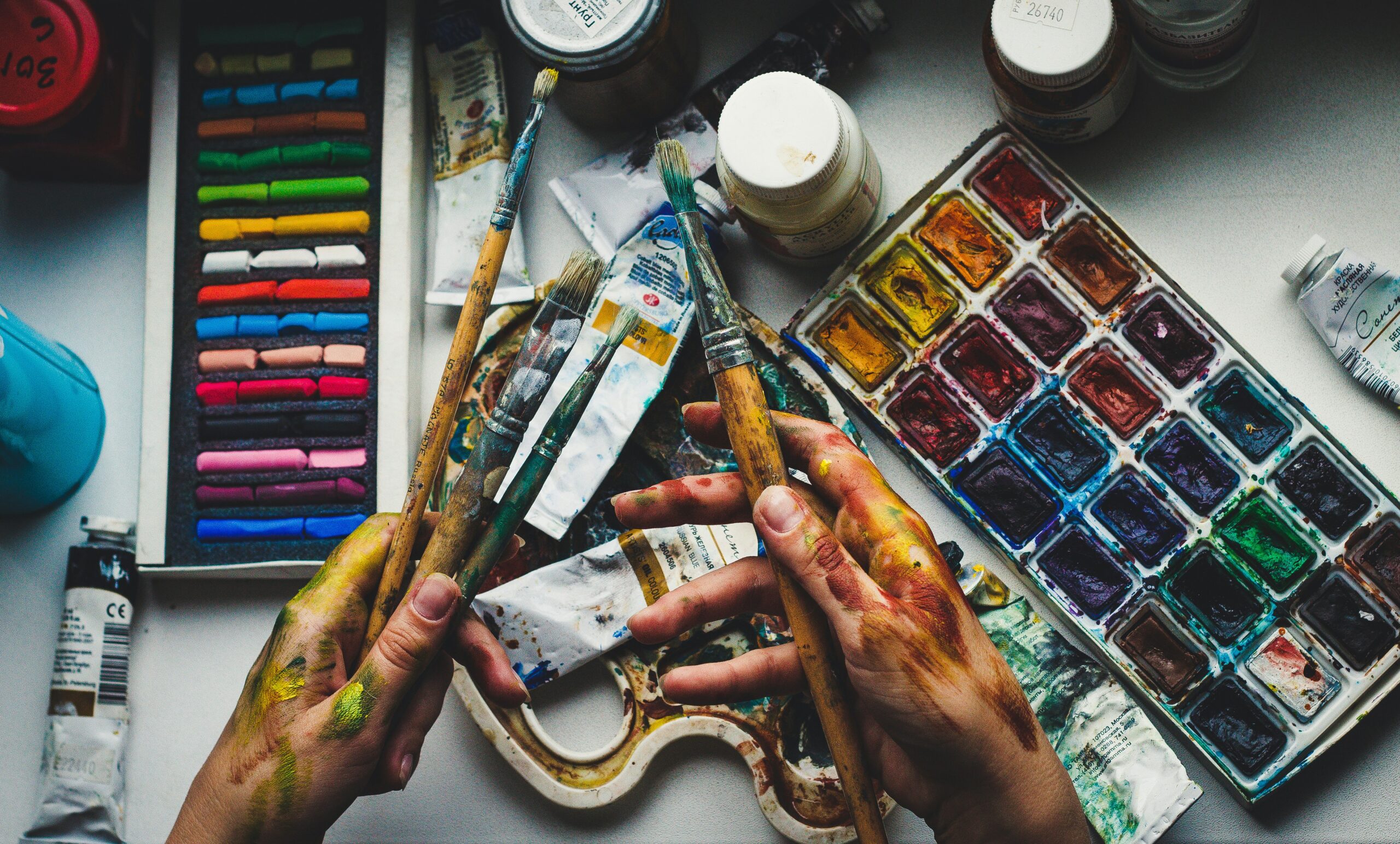
Every creative journey begins with a spark. For me, that spark came when I picked up a paintbrush for the first time. What started as curiosity quickly grew into a passion that shaped my outlook on creativity, patience, and self-expression. Learning to paint was never about perfection. Instead, it became about discovering lessons that stretched beyond the canvas and seeped into everyday life.
Embracing the Beginner’s Mind
One of the first lessons I learned was to accept being a beginner. It’s easy to compare yourself to experienced artists, but doing so only stifles growth. On my creative journey, I realized that allowing myself to make mistakes opened the door to experimentation. Every smudge, crooked line, or unexpected color mix became part of my progress.
When you approach painting with a beginner’s mind, you learn to celebrate small victories. Mixing a new shade, creating balance in a composition, or simply enjoying the process turns practice into play.
Overcoming Fear of the Blank Canvas
A blank canvas can feel intimidating. It represents possibility, but also fear of making the wrong move. Early in my journey, I spent hours staring at the white surface, hesitant to begin. The breakthrough came when I learned to treat the first brushstroke as an invitation, rather than a commitment.
Starting, even imperfectly, removes the pressure of perfection. The canvas transforms from something intimidating into a playground of ideas. In this way, painting mirrors life: taking the first step often matters more than having the perfect plan.
The Power of Patience
Painting teaches patience like few other hobbies. Waiting for layers to dry, refining details, and learning new techniques all require time and patience. At first, I rushed through projects, eager for quick results. The outcomes felt unfinished, and frustration followed.
Through practice, I learned that patience creates depth—both in art and in character. Waiting allowed colors to settle, textures to form, and my ideas to grow richer. This lesson extended beyond painting. In life, patience builds resilience, clarity, and lasting results.
Finding Inspiration Everywhere
My creative journey also revealed that inspiration hides in plain sight. A sunrise, a bustling city street, or even a cup of coffee can spark an idea. When you train your eyes to notice beauty in the ordinary, painting becomes a reflection of the world around you.
I began carrying a sketchbook to capture moments that caught my attention. These quick sketches later evolved into paintings that held personal meaning. The habit of noticing transformed my perspective. Instead of rushing through life, I paused, observed, and appreciated details.
Experimentation Builds Confidence
Experimenting with techniques taught me more than any tutorial could. From watercolor washes to bold acrylic strokes, every medium had something new to offer. At times, experiments failed, leaving muddy colors or awkward shapes. But failure was not wasted—it became a stepping stone.
By experimenting, I gained confidence in my ability to adapt. Each attempt, whether successful or not, provided me with tools to carry forward. Confidence in painting comes not from avoiding mistakes, but from embracing them as part of the process.
The Emotional Language of Color
Color became one of the most powerful teachers in my journey. I discovered that hues hold emotions, capable of calming, energizing, or stirring memories. Choosing colors was no longer about aesthetics; it was about storytelling.
A bright yellow background lifted my mood on a cloudy day. A deep blue conveyed calmness when I sought peace. Through color, painting allowed me to express emotions I struggled to put into words. This creative outlet nurtured both artistic growth and emotional well-being.
Painting as Meditation
Painting became more than just an art form; it became a form of meditation. The rhythmic motion of the brush, the blending of colors, and the quiet focus created a serene atmosphere. Time faded as I entered a state of flow.
This meditative quality made painting a refuge from stress. It taught me mindfulness—the ability to stay present in the moment. Whether working on a detailed portrait or a loose abstract piece, painting helped me connect to myself in ways that words could not.
Lessons in Persistence
The creative journey is not always smooth. There were days when nothing worked, when every attempt felt wrong. In those moments, the temptation to quit grew strong. Yet persistence kept me moving forward.
Every artist faces setbacks, but persistence turns struggle into growth. Returning to the canvas after failure strengthened my resolve. Over time, I realized persistence is the foundation of progress, in both art and life.
Sharing the Creative Journey
At first, I painted only for myself. Eventually, I shared my work with friends and online communities. The feedback—both encouraging and constructive—pushed me to improve. More importantly, it connected me with others on their own creative journeys.
Sharing art fosters community and reminds us that creativity is meant to be shared and not kept hidden. By opening up, we inspire others and learn from their experiences. Art becomes a bridge that connects people through shared expression.
Growth Beyond the Canvas
The greatest lesson of all is that a creative journey extends far beyond the canvas. Painting taught me patience, resilience, mindfulness, and joy. It shaped how I approach challenges and how I see the world.
The canvas became a teacher, but life provided the lessons. Every brushstroke carried a reminder: creativity is not about perfection, but about growth, discovery, and expression.
Your Own Creative Journey
If you are considering learning to paint, start now. Do not wait for the perfect supplies, the perfect idea, or the perfect moment. Begin your creative journey with curiosity and courage. Each lesson you learn with a brush in hand will carry into other parts of your life.
Painting is more than making art—it is about shaping how you experience the world. And that is the true beauty of a creative journey.